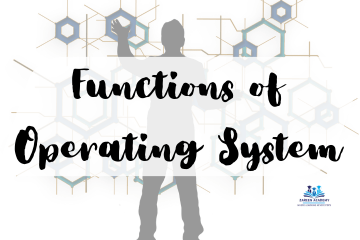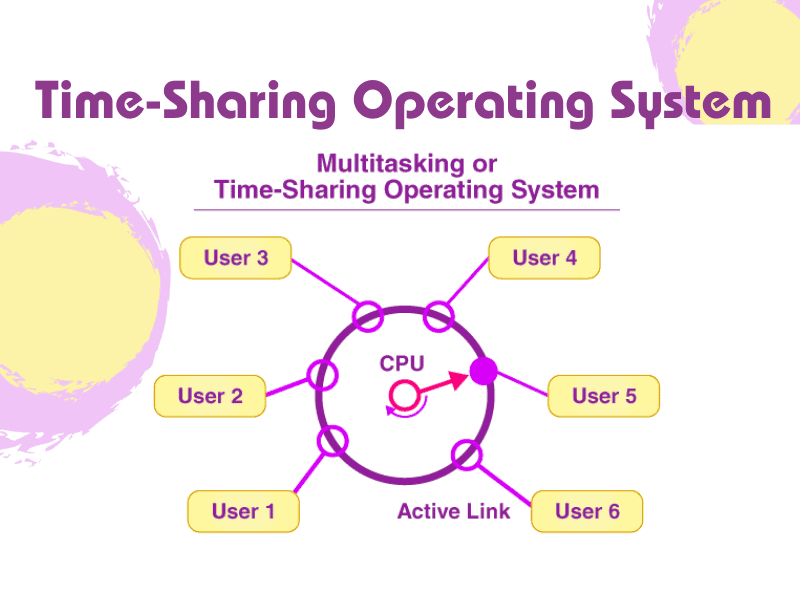Introduction
Memory management is a critical aspect of operating systems that involves efficiently allocating, tracking, and deallocating memory resources for processes. An operating system’s memory management system plays a vital role in ensuring optimal performance, stability, and security of the entire system. In this article, we will delve into the intricacies of memory management in operating systems, exploring its key components, techniques, and challenges.
Memory Hierarchy
Modern computer systems utilize a memory hierarchy to efficiently manage memory resources. This hierarchy typically consists of the following levels:
a. Registers: Registers are the fastest and smallest memory units directly accessible by the CPU. They hold data and instructions that require immediate processing.
b. Cache: The cache acts as a bridge between the registers and the main memory. It stores frequently accessed data and instructions, providing faster access than the main memory.
c. Main Memory: Main memory, often referred to as RAM (Random Access Memory), holds the currently executing programs and data. It is larger than the cache but slower in terms of access speed.
d. Secondary Storage: Secondary storage, such as hard disk drives or solid-state drives, provides long-term storage for programs, data, and the operating system itself. It has larger capacity but slower access speed compared to main memory.
Memory Management Techniques
To efficiently allocate and manage memory resources, operating systems employ various memory management techniques. Some of the commonly used techniques include:
a. Paging: Paging divides the memory into fixed-size blocks called pages and divides the processes into fixed-size blocks called frames. The operating system maps logical addresses to physical addresses using a page table, facilitating efficient memory allocation and protection.
b. Segmentation: Segmentation divides the memory into variable-sized segments based on the program’s logical structure. Each segment represents a logical unit, such as code, data, or stack. It allows for dynamic memory allocation and simplifies memory protection.
c. Virtual Memory: Virtual memory combines the concepts of paging and segmentation, allowing the execution of processes that exceed the physical memory capacity. It provides an illusion of a large address space by utilizing disk storage as an extension of physical memory.
d. Memory Allocation Algorithms: Operating systems employ various algorithms to allocate memory to processes efficiently. Some common algorithms include First-Fit, Best-Fit, and Worst-Fit, which determine the best-suited memory block for a process based on its size.
- Memory Management Unit (MMU): The Memory Management Unit is a hardware component responsible for translating virtual addresses to physical addresses. It works in conjunction with the operating system’s memory management system to provide address translation, memory protection, and caching mechanisms.
- Memory Protection: Memory protection is crucial for maintaining system stability and security. Operating systems implement mechanisms to prevent unauthorized access or modification of memory locations. Techniques such as read-only memory pages, memory segmentation, and access control lists are employed to ensure memory protection.
- Memory Fragmentation: Memory fragmentation refers to the division of memory into small, non-contiguous blocks over time, leading to inefficient memory utilization. Two types of fragmentation can occur:a. External Fragmentation: External fragmentation occurs when free memory blocks are scattered throughout the memory space, making it challenging to allocate contiguous blocks to processes.b. Internal Fragmentation: Internal fragmentation occurs when allocated memory blocks are larger than required by the process. The unused portion within each block leads to wasted memory.
- Memory Compaction: Memory compaction is a technique used to reduce external fragmentation by rearranging memory blocks and consolidating free memory. However, memory compaction can be an expensive operation, especially in systems with large amounts of data.
Conclusion
Effective memory management is crucial for optimizing the performance and stability of operating systems. By employing techniques such as paging, segmentation, virtual memory, and memory allocation algorithms, operating systems efficiently allocate and manage memory resources for processes. Additionally, memory protection mechanisms and addressing translation provided by the Memory Management Unit enhance system security and stability. Understanding the complexities of memory management allows operating systems to provide efficient utilization of memory resources, ensuring smooth execution of programs and overall system performance.



0 Comments